The Evil Dead Franchise Proves Continuity Doesn’t Matter
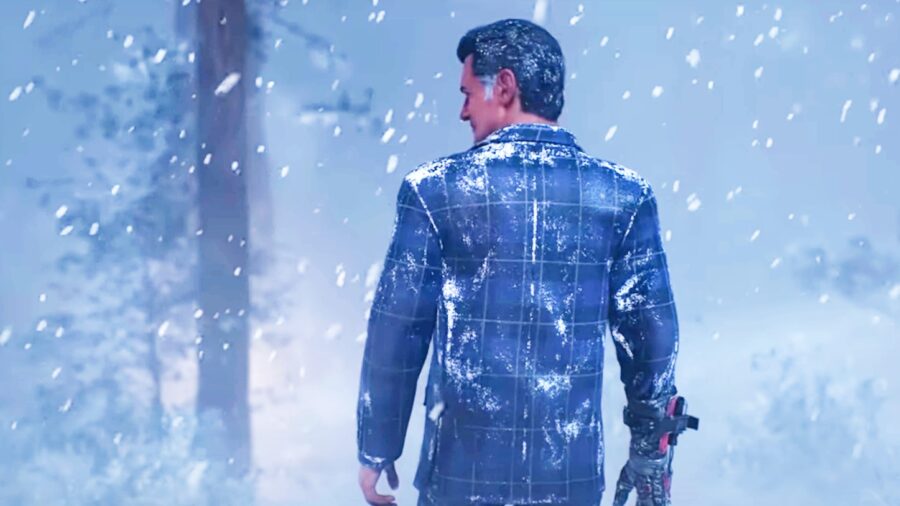
In the age of interconnected cinematic universes, a premium has been put on continuity. But the Evil Dead franchise proves an interconnected universe spanning multiple movies without a consistent canon works just fine. It demonstrates how beneficial it can be to treat canon as loose and malleable rather than set in stone.
The Evil Dead Was An Instant Cult Classic

The Evil Dead came out in 1981 as a low-budget indie film and was the directorial debut of Sam Raimi. Despite receiving obscenity charges in the UK and a disappointing opening weekend, it became an almost immediate cult classic. With its eventual financial success and praise from horror legends like Stephen King, it became popular enough to warrant a sequel which, in turn, spun into a franchise.
The Sequel Ditches Continuity
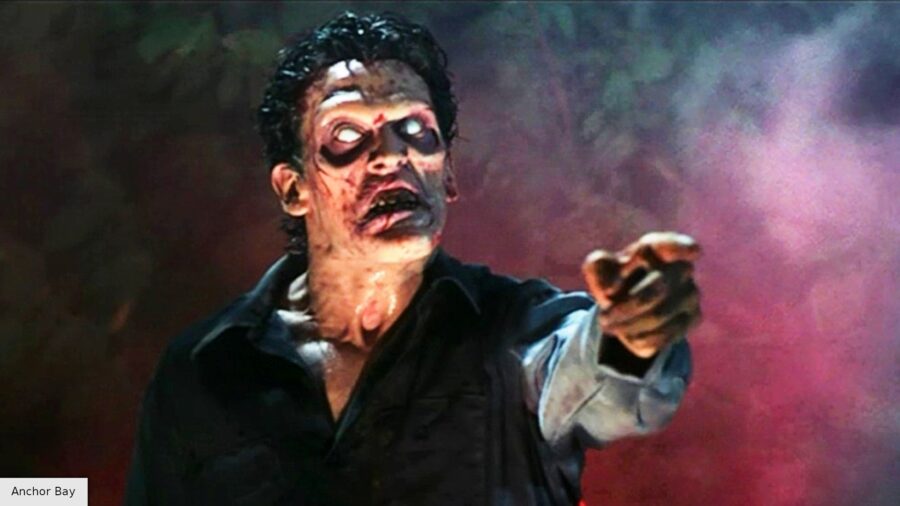
Evil Dead 2 immediately abandoned the continuity of the original movie, though that wasn’t the original plan. Sam Raimi wanted a brief series of flashbacks using footage from the original film to let new viewers know what happened in the first movie. Unable to secure the rights to use that footage, he remade a truncated version of the first movie in the sequel, removing most of the characters and simplifying the plot.
Army Of Darkness Continues The Trend
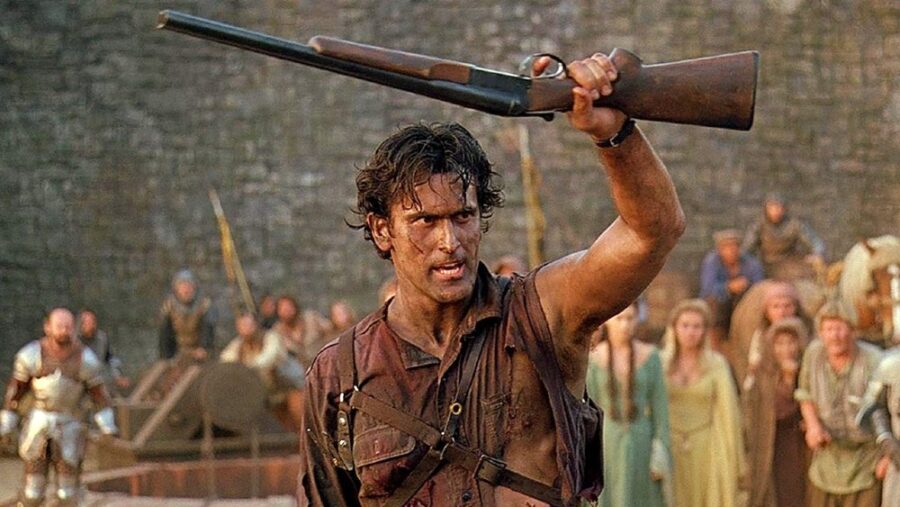
The lack of a strong Evil Dead continuity continued with the third movie Army of Darkness, which despite being a direct sequel to the second movie ignored its ending. Evil Dead 2 concluded with the franchise’s protagonist Ash (Bruce Campbell) time traveling to the Middle Ages, where he killed a deadite and was hailed as a hero. Army of Darkness keeps the time travel but has him taken prisoner by knights who assume he’s an enemy spy and immediately chain him up.
Ash Vs Evil Dead Somehow Ties It All Together

Sam Raimi’s only other entry in the franchise is Ash vs Evil Dead which pulls from all three original movies for continuity, ignoring that there are stark differences in the events of those films. Ash’s sister from the original movie plays a prominent role, but so does Ash’s chainsaw arm which was introduced in the sequel where that sister didn’t exist. It would be easy to criticize that as sloppy writing, but those inconsistencies allow the show to utilize the best elements from across the franchise.
The Latest Installment
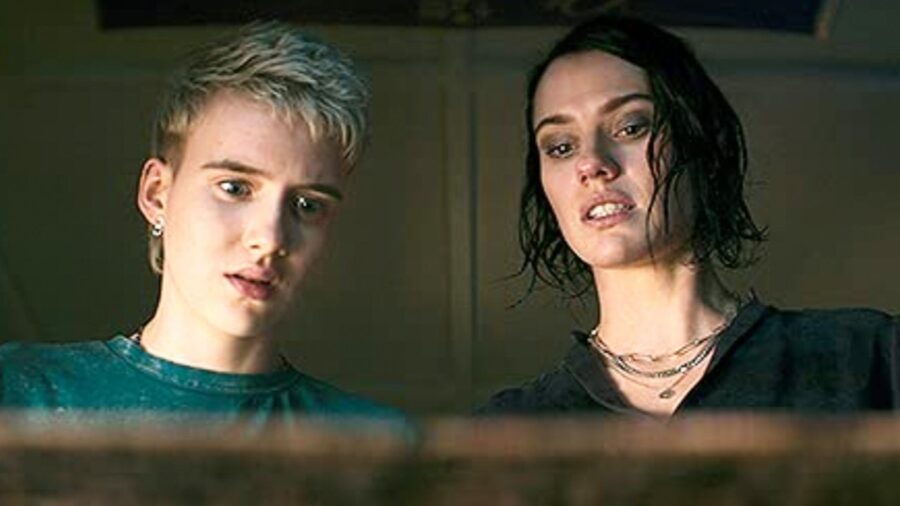
While 2013’s Evil Dead mostly connected its story to the first movie, the 2023 Evil Dead Rise connects itself in small ways to several movies with conflicting continuity. This allows these newer entries in the franchise to pick up story beats that make sense for the story being told, without worrying about the pieces of franchise history that don’t mesh. The original trilogy forms a bedrock, but later films never feel like they exist in service of those films.
Proof That Contintuity Doesn’t Always Make For A Good Franchise
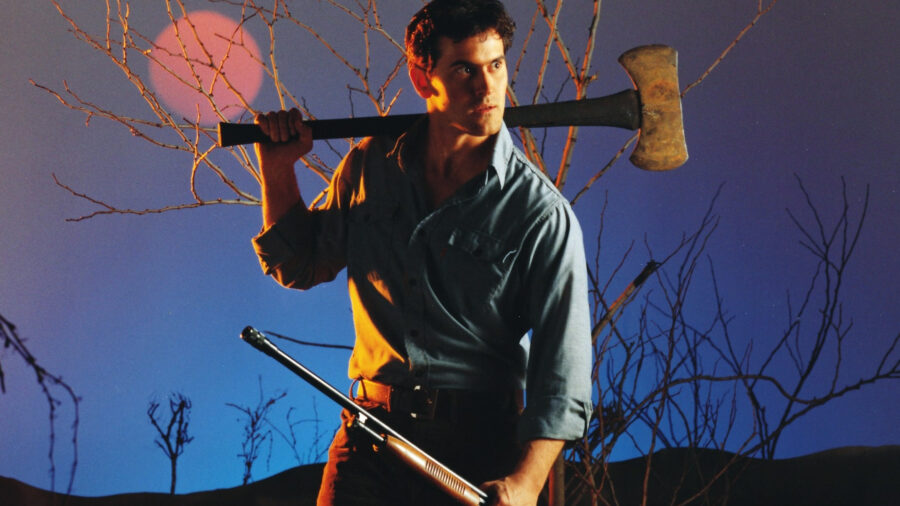
Evil Dead continuity has been sorted into timelines by fans often alongside non-textual explanations for inconsistencies. But that ignores the true nature of the franchise’s canon, which is that it doesn’t have one, it just has previous entries to borrow elements from. It’s a pragmatic approach to storytelling, prioritizing each individual story over trying to tell a cohesive franchise-wide narrative.
The ultimate result of Evil Dead’s approach to continuity is that it’s a franchise with consistently good entries. Even the most casual fan will note the discrepancies between movies, but when the result is decades of good horror movies and shows, it’s hard to see that as a meaningful flaw. Modern cinematic universes trip themselves up with increasingly convoluted canons but Evil Dead proves that continuity doesn’t matter, good storytelling does.












